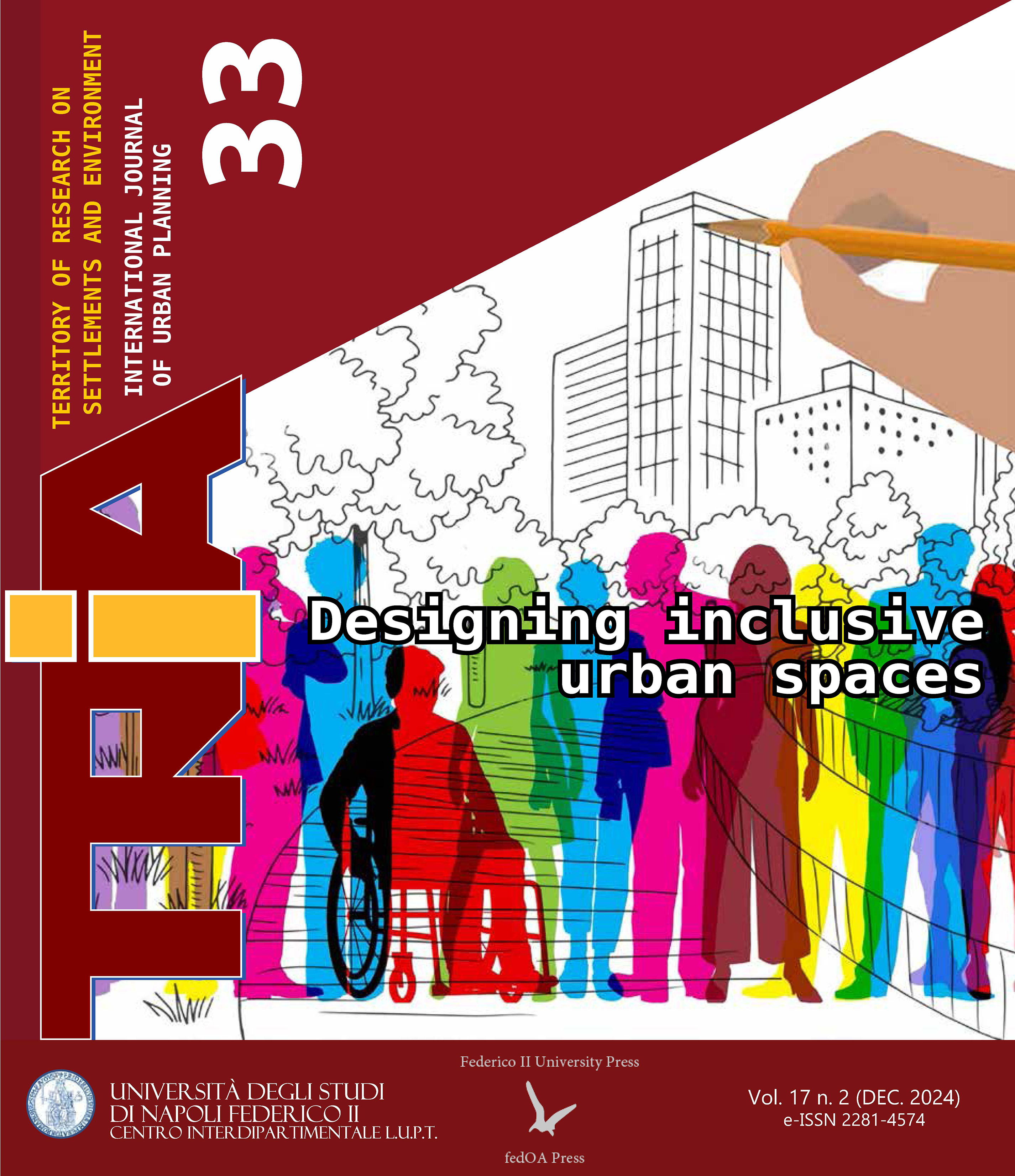Evaluating Different Levels of Detail in AR for Enhancing Citizen Participation in Urban Planning
DOI:
https://doi.org/10.6093/2281-4574/11267Abstract
The introduction of augmented reality (AR) into urban planning is becoming increasingly important as digital data and models allow urban planners to visualise their plans and concepts in a different way so that various stakeholders can view and experience the virtual changes to the structural and spatial structures immediately. This paper presents the results of an interdisciplinary research project in which an AR App was designed and evaluated in terms of its applicability, user-friendliness and added value for integrative participation. The evaluation of the AR App clearly emphasised that AR provides a more serious consideration of plans and concepts, since the user receives a realistic impression of plans and concepts „live“ on site. The fact that the participants are able to view and ‘experience’ the spatial structure, the building hights and distance spaces in the App is particularly appreciated by the participants as an added value. The level of detail (LOD) used for visualisation appears to be crucial here. The evaluation further highlights that participants generally prefer 3D models with an increased LOD, i.e. LOD 3.1 and 3.3, for visualisation in AR, as these are more appropriate for conveying a more comprehensive impression with regard to the intended spatial changes and detailed planning drafts. Higher LOD are thus preferred in the participation phase, as they can provide a better impression of the planning project.
Downloads
Downloads
Published
Issue
Section
License
Gli autori che pubblicano su questa rivista accettano le seguenti condizioni:- Gli autori mantengono i diritti sulla loro opera e cedono alla rivista il diritto di prima pubblicazione dell'opera, contemporaneamente licenziata sotto una Licenza Creative Commons - Attribuzione che permette ad altri di condividere l'opera indicando la paternità intellettuale e la prima pubblicazione su questa rivista.
- Gli autori possono aderire ad altri accordi di licenza non esclusiva per la distribuzione della versione dell'opera pubblicata (es. depositarla in un archivio istituzionale o pubblicarla in una monografia), a patto di indicare che la prima pubblicazione è avvenuta su questa rivista.
- Gli autori possono diffondere la loro opera online (es. in repository istituzionali o nel loro sito web) prima e durante il processo di submission, poiché può portare a scambi produttivi e aumentare le citazioni dell'opera pubblicata (Vedi The Effect of Open Access).


